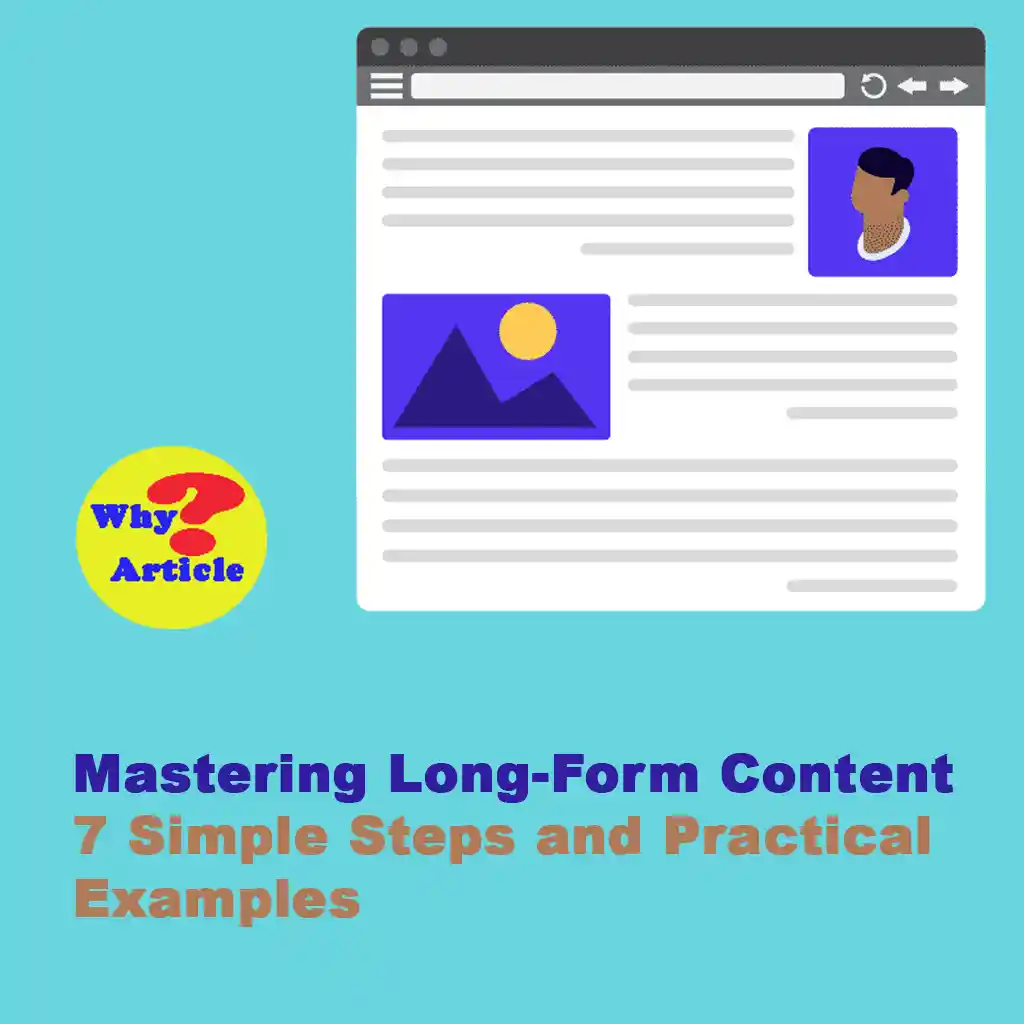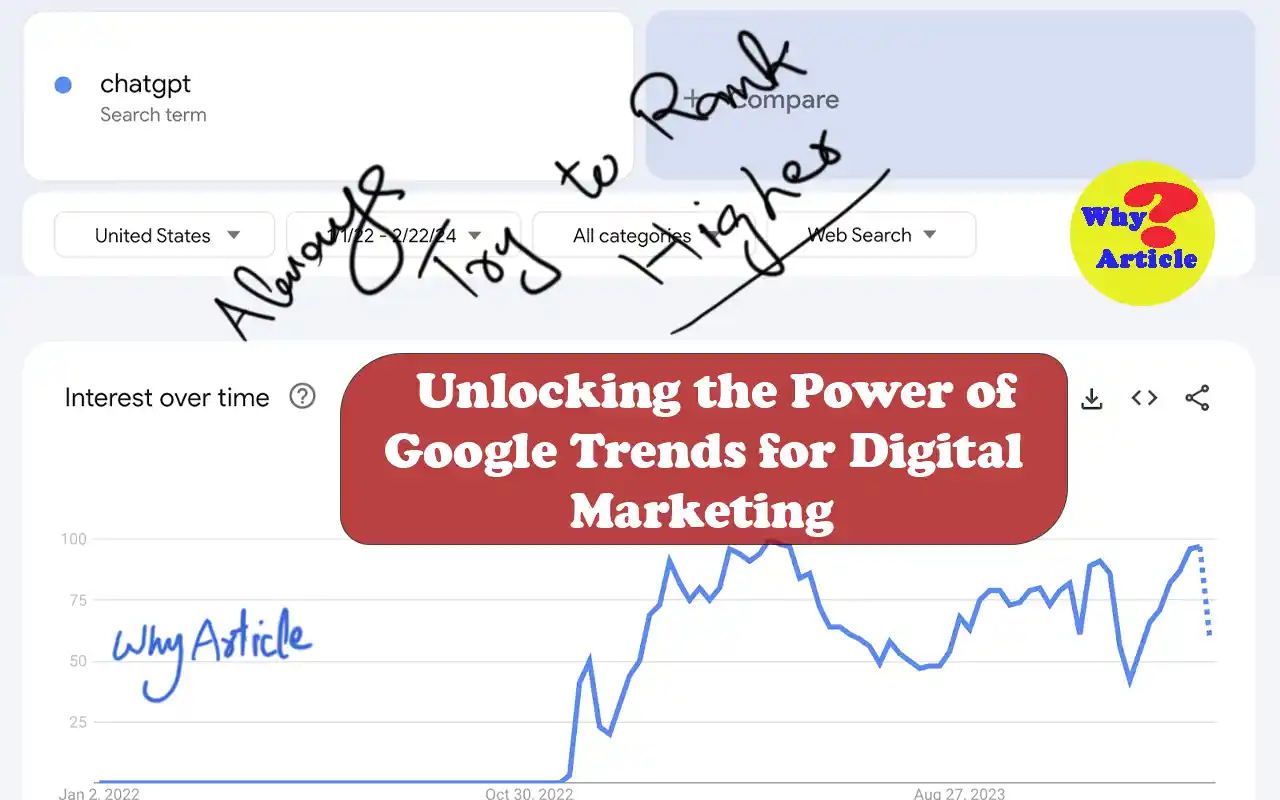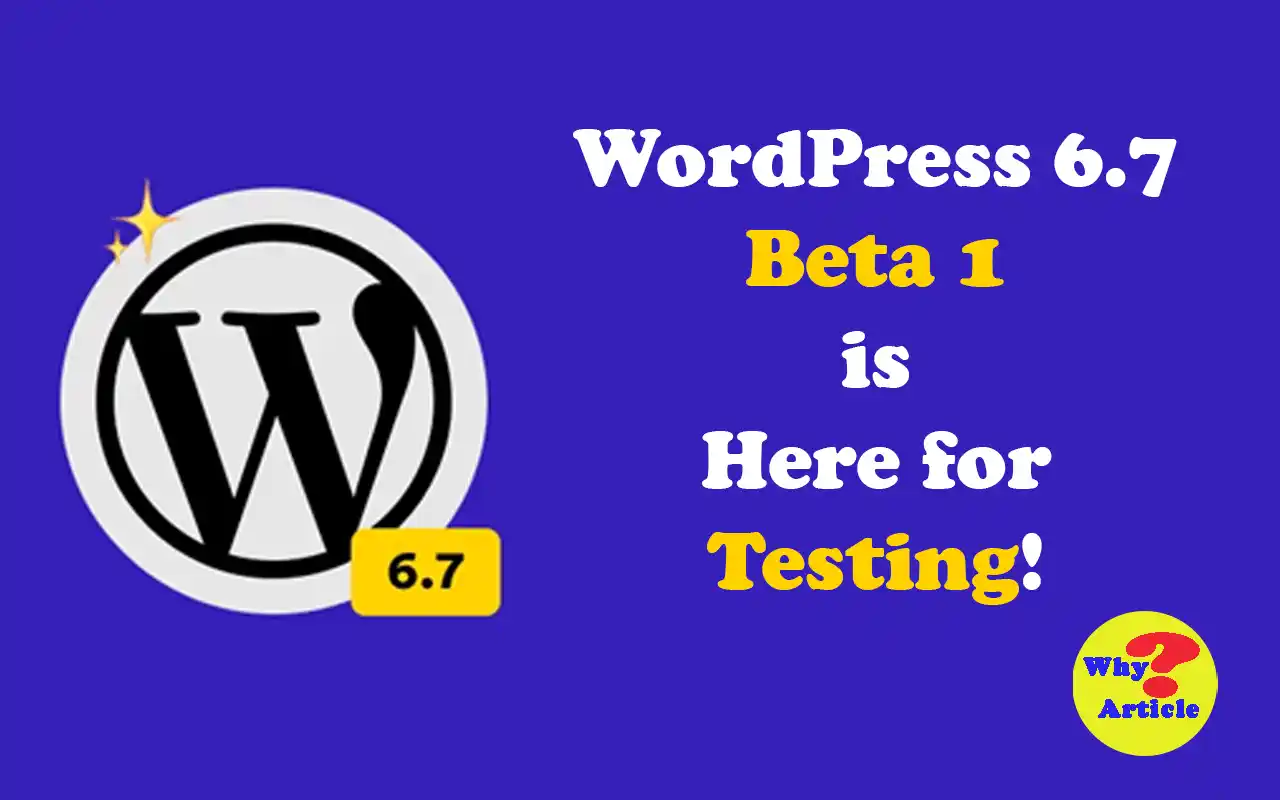Creating long-form content might seem daunting, but it is not too challenging as you thing about it. With the right approach, you can write engaging, valuable and SEO-friendly content that will not only engage and attract your audience but also boost your search engine rankings.
In today’s guide, I will take you through seven smart but simple steps to master the art of creating long-form content. So, Let’s get started!
Why Long-Form Content Matters
Before discussing about “why long-form content is important?” I think you should know “what is it?”
Mostly Long-form content is considered the content over 1000 words, which dive deeper into the topic and provides the comprehensive information that a reader finds valuable.
But when we think that “why does it matter?” we get confused. But don’t worry! I am here to help you to clear your confusions.
Actually, it is not just about the word count only, it is about the quality and the depth also. The main reasons that make Long-form content important are that:
- Better Rankings: Long-form content covers the topics thoroughly, so it tends to rank higher in search engines.
- Increased Engagement: Due to the large amount of words and detailed explanation of the topic, it keeps the reader engaged on the web page. This long-time engagement reduces the bounce rate of the website which is a positive signal for search engines to rank the content higher.
- Authority Building: By providing well explained and detailed content to your readers, you establish yourself as an expert in your field.
How to Write Long-Form content with Examples
Writing Long-form content looks like a difficult task but when you try it, it becomes a fun challenge. The key to writing lengthy content is break it into manageable parts or chunks. Let’s understand it in 7 easy steps with the help of examples:
Step 1: Choose the Right Topic
Choosing the right topic is the first and the most important steps of content writing. All topics are not suitable for long-form contents. To create lengthy articles your topic should be specific, complex and provides unique knowledge to your readers.
Let’s take an example to understand it:
A general article on “Gardening Tips” might not be as engaging as “How to Grow Organic Vegetables in Small Urban Spaces”. Because it is specific and promises for detailed information about the topic.
Step 2: Understand Search Intent
Before deciding the length and depth of your content, study the search intent behind your specific topic.
Check the top-ranking articles for your target keywords and note their word counts and structure as well. Than decide the length of your content cover the topic more comprehensively than your competitors.
To do this, here are some pro tips:
- Average the word count of the top three ranking articles.
- Find the gap in their content that you can fill.
- Add unique insights based on your experience and expertise.
Step 3: Create an Outline
To create lengthy and well explained content, a well-structured outline is very important. It helps you to organize your ideas and ensures you are covering all necessary points logically.
To create an outline, you can break content into main sections and subsections, each with heading.
For example, your content’s main topic is “The Ultimate Guide to Organic Urban Gardening”, you will break it into following sections:
- Introduction
- Benefits of Organic Gardening
- Planning Your Urban Garden
- Choosing the Right Space
- Selecting the Best Plants to Grow
- Soil preparation and composing
- Planting Techniques
- Maintaining Your Garden
- Common Challenges and Solutions
- Conclusion
Now take a look at these provided outlines and think that this will help you to create longer content.
In this example, first part of the content is “introduction” which will give an overview of the content to the audience.
Second part will explain the benefits of the Organic Gardening.
Third part is about the practical participation and also provided two sub-headings which will also help to make content longer.
Fourth part is also related to practical and suggests the readers the process of Soil Preparation and Composing.
Fifth part talks about the planting techniques.
Six part is about maintaining your Garden
Seventh part is also a lengthy and detailed part of the content as it will discuss about the challenges and their solutions also.
Eighth Part is the last part of the content where you conclude the entire content.
Step 4: Write for Your Audience
When you are writing the content, keep your target audience in mind. Because you are generating the content for your readers not for you.
For this you should use simple, everyday language to make your generated content accessible and more engaging.
While writing for your audience, address their queries, pain points and provide practical solutions.
For example, your audiences pain point is “Limited space for gardening in urban areas”. You will provide them the “tips on vertical gardening and container gardening” to solve their problem.
Step 5: Expand on Your Points
Don’t just write about the facts, explain why they are important. Provide detailed explanations, give examples and data to back up your points.
This will not only make your content more valuable but also more trustworthy.
For instance:
Point: Use Compost to enrich your soil.
Explanation: Compost improved soil structure, provides essential nutrients and promotes healthy root growth, leading to better plant health and higher yields.
Step 6: Use Visuals
In this era of content marketing, visuals play an important role. Visuals may be in the form of images, infographics and videos.
Visuals break up the text and make the content more engaging.
I will suggest you to include a relevant visual after every 200 words. This will keep reader interested and also help to understand your point more clearly.
For example, you can add image into your content that contains a diagram of a Compost bin. Similarly, you can add the video which contain step-by-step guide to building a raised garden bed.
Step 7: Add a Table of Contents
For longer posts, a table of contents is beneficial and helpful.
It will help the readers to navigate the content easily and also understand the structure at a glance.
Your generated Table of Contents is much similar to your created outlines.
For example, when you create the Table of Contents for your generated article “Ultimate Guide to Organic Urban Gardening” this will also contain:
- Introduction
- Benefits of Organic Gardening
- Planning Your Urban Garden
- Soil Preparation and Composing
- Planting Techniques
- Maintaining Your Garden
- Common Challenges and Solutions
- Conclusion
Frequently Asked Questions
-
How long should my long-form content be?
Aim for at least 1,000 words, but the ideal length depends on the topic and what competitors are offering. Generally, 2,500-3,000 words is a good target for comprehensive coverage.
-
Can I use images and videos in my long-form content?
Absolutely! Visuals make your content more engaging and easier to understand. Include relevant images or videos every 200 words.
-
How do I choose the right topic for long-form content?
Choose a topic that is complex, specific and offers unique insights. It should be something your audience finds valuable and wants to learn more about.
-
Why is an outline important for long-form content?
An outline helps organize your thoughts, ensures you cover all necessary points and provides a logical flow to your content. It also helps in structuring your headings and subheadings.
-
How can I improve my content's readability?
Using simple and everyday language can improve the content’s readability. Write short sentences and paragraphs. Break up text with headings, subheadings and visuals. Engage directly with your audience and address their pain points.
-
What if my topic doesn't seem to have enough depth for long-form content?
Consider narrowing your focus or finding a different angle that allows for more detailed exploration. Alternatively, combine related subtopics into a comprehensive guide.
Conclusion
Mastering long-form content is a valuable skill that can significantly boost your content marketing efforts. By choosing the right topics, understanding search intent, creating detailed outlines, writing for your audience, expanding on key points, using visuals and adding a Table of Contents (TOC), you can create engaging and high-ranking content.
Start implementing these steps today and watch your content’s performance Graph!




